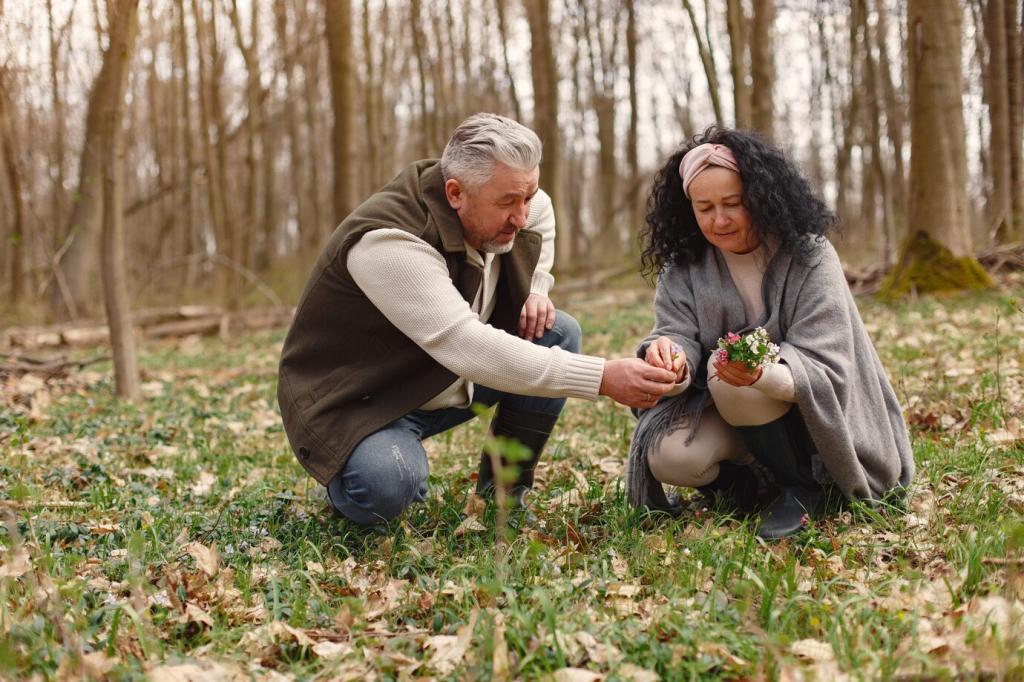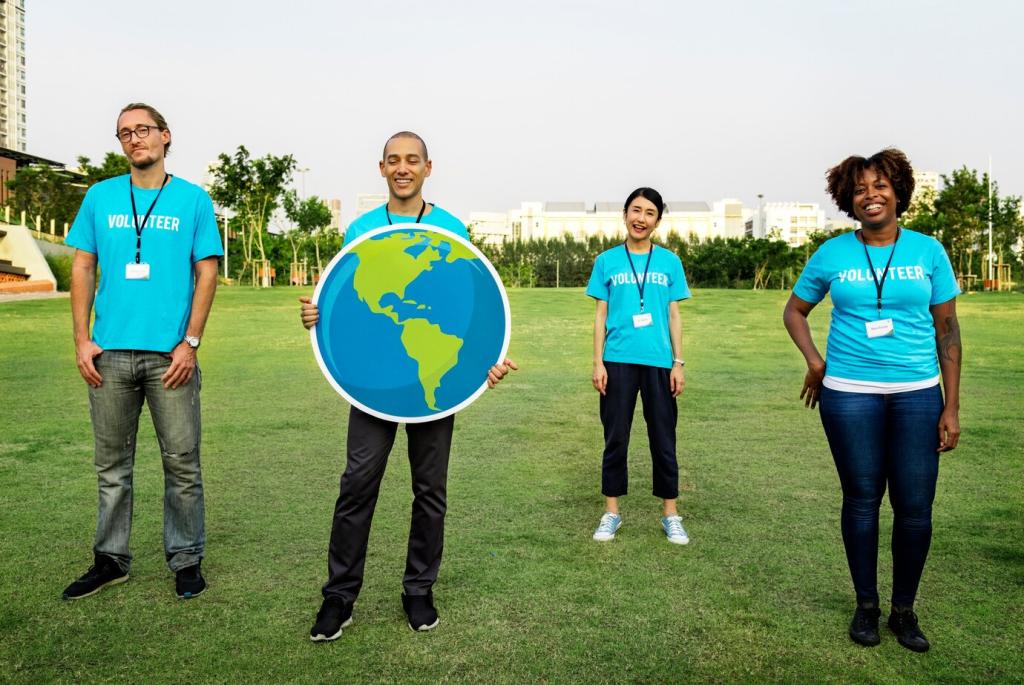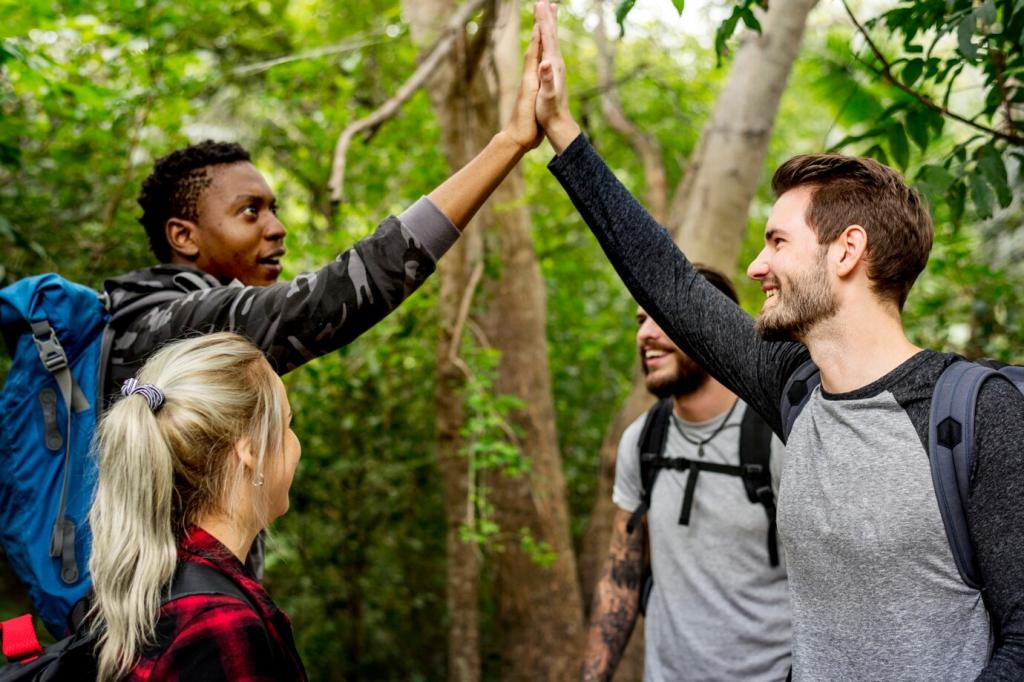Urban–Rural Bridges: Corridors from Backyards to Watersheds
Encourage neighbors to plant host species, reduce lawn, and keep leaf litter. A block of microhabitats becomes a pollinator highway. Start a block challenge, share before‑after photos, and invite others to pledge one concrete planting action this month.
Urban–Rural Bridges: Corridors from Backyards to Watersheds
Hedgerows, buffer strips, and cover crops support soil health and wildlife while protecting waterways. Co-design practices with producers’ realities. Farmers and gardeners, comment with one practice that balanced yields and habitat on your land this past season.






